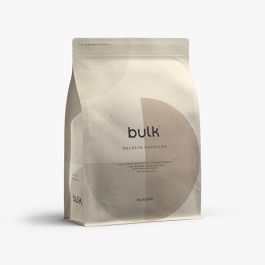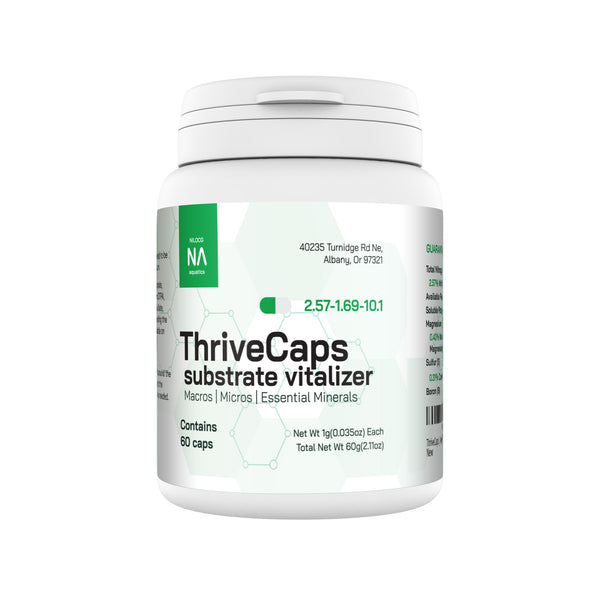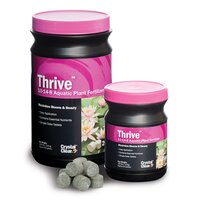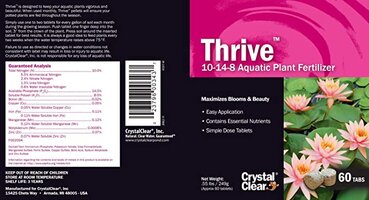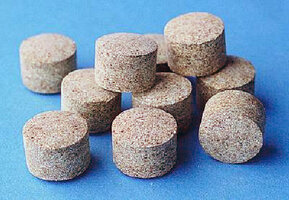_Maq_
Member
... "they are perfectly happy with whats in the water column" ...There seem to be two ways to use root tabs/ osmocote
(1) 'whole tank; approach. - i.e. adding X number of root tabs per square inch in order to 'cover' the entire tank
(2) 'target plants' approach - adding a much small number of root tabs under specific plants in order to help them grow better.
I use method (2)..
I have plants that grow like weeds without adding osmocote (which suggests they are perfectly happy with whats in the water column) so I see no reason to increase their growth rate further by adding osmocote for those plants. Instead, I add osmocote to 'help' selected plants . Since I am using far smaller amount of osmocote , ammonia leakage (if any), is less of an issue.
Please, correct me if I'm about to preach to the converted again, but has the topic of adsorption been discussed in this forum?







